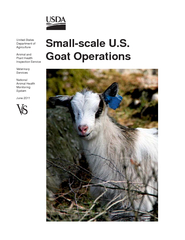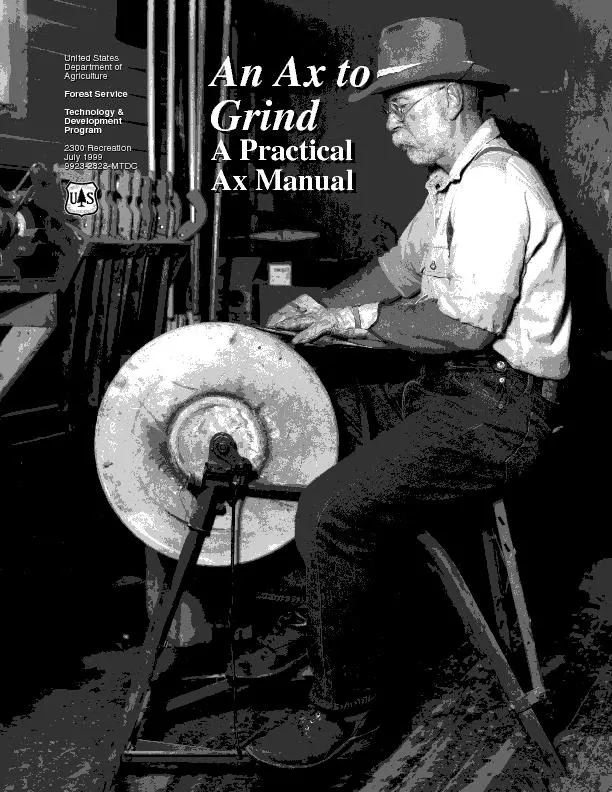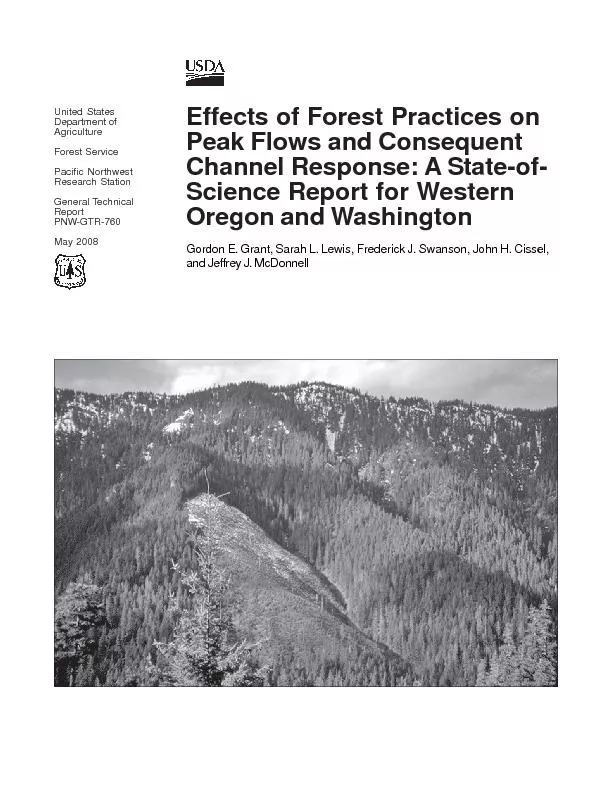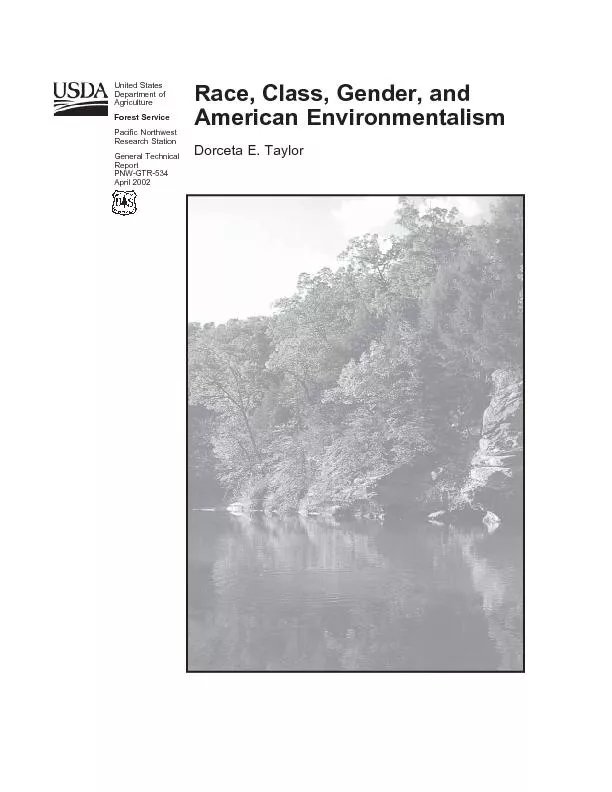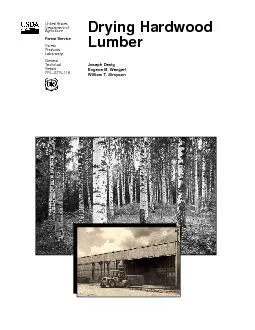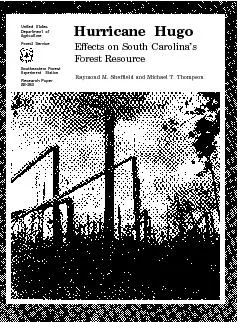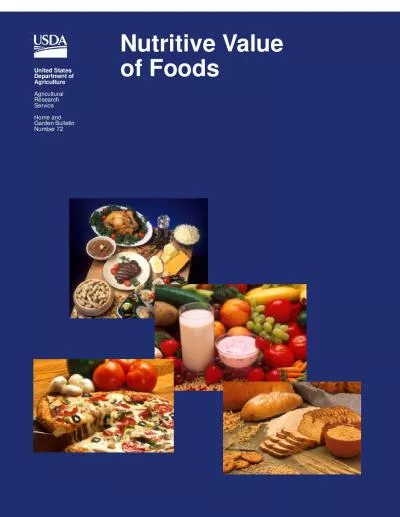PDF-United StatesDepartment ofAgricultureAgricultural MarketingFruit andVe
Author : calandra-battersby | Published Date : 2015-10-20
Packing of the product in conformity with the requirements of these standards shall not excuse failure to comply1with the provisions of the Federal Food Drug and
Presentation Embed Code
Download Presentation
Download Presentation The PPT/PDF document "United StatesDepartment ofAgricultureAgr..." is the property of its rightful owner. Permission is granted to download and print the materials on this website for personal, non-commercial use only, and to display it on your personal computer provided you do not modify the materials and that you retain all copyright notices contained in the materials. By downloading content from our website, you accept the terms of this agreement.
United StatesDepartment ofAgricultureAgricultural MarketingFruit andVe: Transcript
Download Rules Of Document
"United StatesDepartment ofAgricultureAgricultural MarketingFruit andVe"The content belongs to its owner. You may download and print it for personal use, without modification, and keep all copyright notices. By downloading, you agree to these terms.
Related Documents



